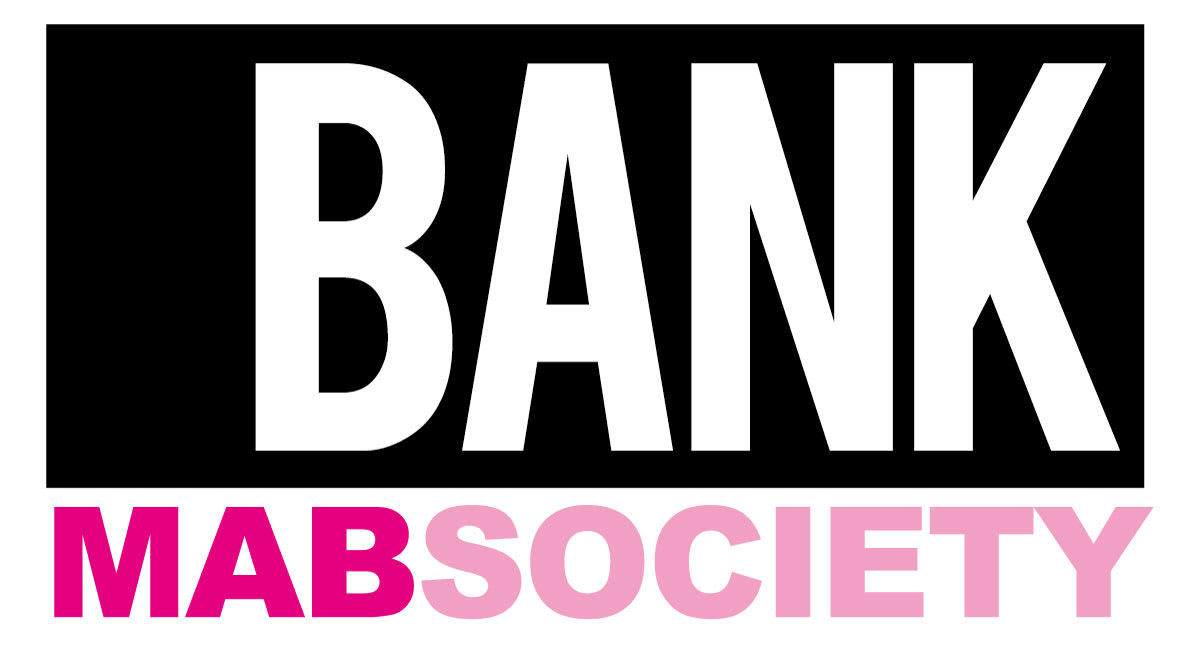Nanjing Art Fair International
BANK is pleased to announce its participation at NAFI in 2023 and will present a booth featuring the splendid art video by artist Michael Najjar, titled liquid landscape. The art fair wil be hold from 9.27-9.30, 2023, at Hall A and B of the Nanjing International Exhibition Centre.
The video work is from Michael Najjar’s latest work series “cool earth” which began in 2021 and marked a shift in Najjar's focus from outer space to climate change on Earth. He created some of the works in the series, including the video Liquid Landscape, just 80 meters from the Fagradalsfjall volcano in Iceland.
The work series “cool earth” deals with our planetary future in times of climate change, and the role of new climate technologies. It explores the far-reaching ecological, economic and cultural impacts of human-induced climate change which are leading to a redefinition of the relationship between humans and nature. In the Anthropocene era humans have become the major transformative force in the Earth system which is fast approaching its breaking point. Humans are now transforming nature hundreds of thousands of years into the future; the natural environment is being changed into a post-natural landscape; the technosphere is enveloping our planet and increasingly expanding into space. It now weighs more than the entire biomass of the planet. We are fast approaching a time when the technical will contend with the natural for the future shape of the world. Synthesis will determine the future of the planet.
The “cool earth” spans the arc from an impending dystopian future - which has already arrived in our present – to a technology-based decarbonised post-fossil world. It picks up on ideas already addressed in Najjar’s previous series of works “outer space” such as terraforming and the re-surveying of Earth’s systems from orbit. The climate crisis appears to us as a hyperobject whose complexity and temporal and spatial dimensions lie beyond our understanding. An artistic confrontation with this hyperobject could contribute to making invisible connections visible, to setting processes of reflection in motion, and to visualising post-fossil visions of the future. The works of the ”cool earth” series are a resonance body connecting scientific knowledge with aesthetic construction. The photos and video works open up a field of thought to viewers on how we can design a liveable, post-destructive world within our planetary boundaries.



